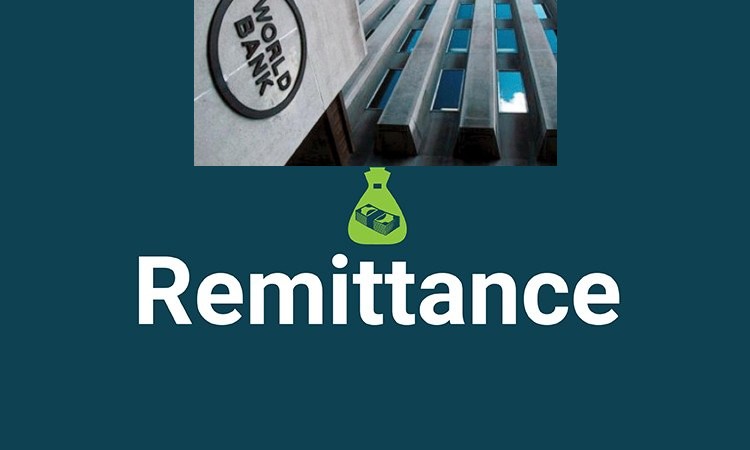Dubai, NFAPost: Despite Covid-19, World Bank report states that remittance flows remained resilient in 2020, registering a smaller decline than previously projected.
Quoting the latest Migration and Development Brief prepared by World Bank, remittance flows to low- and middle-income countries reached $540 billion in 2020, just 1.6% below the 2019 total of $548 billion.
It is important to note that the decline in recorded remittance flows in 2020 was smaller than the one during the 2009 global financial crisis, which was 4.8%.
Recipient country
Inward remittance flows to South Asia rose by about 5.2% in 2020 to $147 billion, the region’s largest recipient country India witnessed a slight fall of 0.2% in 2020. This decline is reported primarily due to a 17% drop in remittance from UAE.
World Bank Global Director of the Social Protection and Jobs Global Practice Michal Rutkowski pointed out that as COVID-19 still devastates families around the world, remittances continue to provide a critical lifeline for the poor and vulnerable.
“Supportive policy responses, together with national social protection systems, should continue to be inclusive of all communities, including migrants,” said Michal Rutkowski.
Job loss
According to Arvian Research, the new employment addition to Gulf regions declined dramatically and many people also lost jobs.
“India witnessed a spike in Gulf returnees, especially in the case of unskilled job seekers. This really stopped remittance from lower-income earning people. The region’s economic situation also paved the way for it,” said Arvian Research.
But, there are surge inflows to Bangladesh and Pakistan as they continued to supply more workers in the lowe rung of the job market. In Pakistan, remittances rose by about 17%, with the biggest growth coming from Saudi Arabia followed by the European Union countries and the United Arab Emirates.
Migration
According to World Bank report, in Bangladesh, remittances also showed a brisk uptick in 2020 to 18.4%, and Sri Lanka witnessed remittance growth of 5.8%. In contrast, remittances to Nepal fell by about 2%, reflecting a 17% decline in the first quarter of 2020.
For 2021, it is projected that remittances to the region will slow slightly to 3.5% due to a moderation of growth in high-income economies and a further expected drop in migration to the GCC countries.
Commenting on the report, head of KNOMAD and lead author on migration and remittances Dilip Ratha said the resilience of remittance flows is remarkable.
“Remittances are helping to meet families’ increased need for livelihood support. They can no longer be treated as small change. The World Bank has been monitoring migration and remittance flows for nearly two decades, and we are working with governments and partners to produce timely data and make remittance flows even more productive,” said Dilip Ratha.





